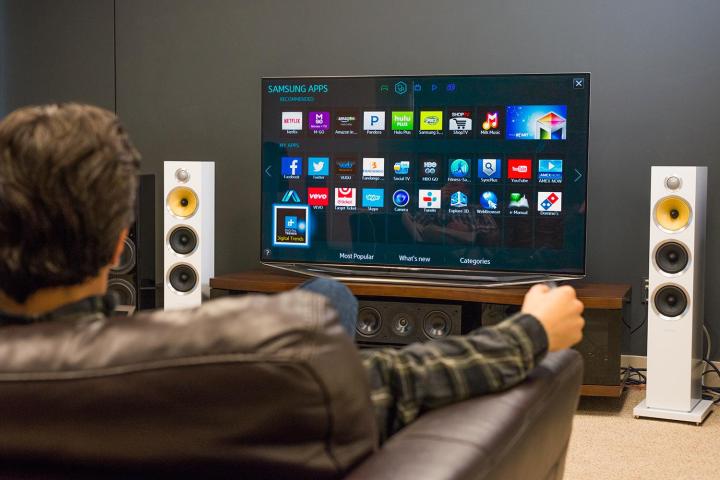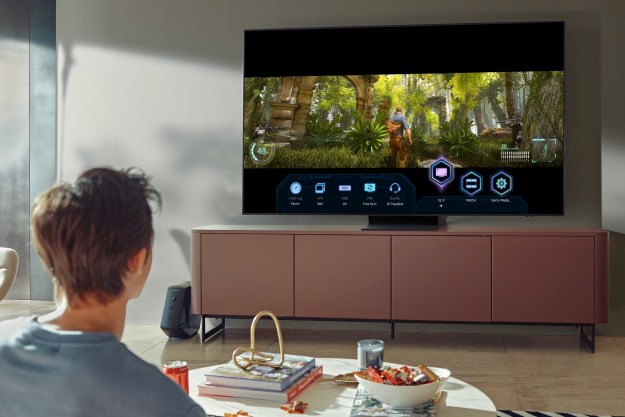
Commercial-skipping solutions for TV have been around a while — Dish Network’s Hopper DVR, which was released in 2012, is credited with popularizing the idea — but Skipr’s is the first that doesn’t require a home theater PC, and is available independently of cable or satellite service. The company’s approach is two-pronged: It uses a set-top box running Android TV, which processes the signal from a cable or satellite DVR, and cloud-powered software that detects and removes any advertising.
Assuming your television and DVR have HDMI ports, Skipr’s solution is plug-and-play. There is a caveat, however, as only a limited number of channels, including ABC, NBC, CBS, and Fox, will be supported at launch because of the expense involved in identifying commercials.
“Our solution runs in the Cloud where horsepower is plentiful, but it’s an expensive task to perform,” the Skipr team writes on the official website. Support for more channels will come down the line, “[a]s the Skipr network grows.”
That’s not the only improvement in the pipeline. Skipr’s aiming to replace skipped ads with content of actual interest, such as social media, videos related to the current TV channel and program, streaming music, stocks, weather, and screensavers. Even cooler is what Skipr calls GameHopper, a feature that automatically switches from one sporting event to another during commercial breaks.
Skipr has plans for personalized channel guides and Twitter stream overlays, but for now, it’s fine-tuning core functionality. To that end, the company’s soliciting sign-ups for a beta program. We’ve reached out to the company for more information.


